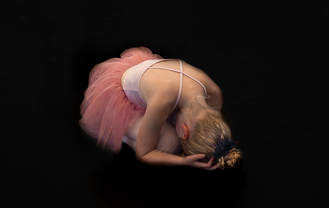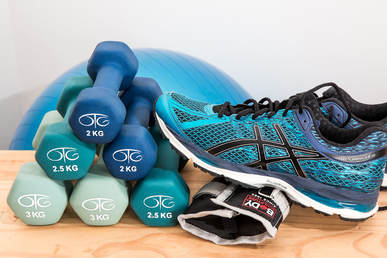|
5/9/2018 0 Comments Dancing Through Burnout Burnout or overtraining can be characterized by:
Risks for burnout and injury:
Signs/symptoms of burnout:
 Solutions and setting realistic expectations: 1) Allow for full rest days in between heavy training days. This will provide adequate time for tissue healing and recovery and prevent further tissue damage. 2) Set mandatory rest periods after performance seasons and summer intensives. It is recommended that a dancer takes a rest period of 3-5 weeks off from dance. Research shows that rest periods improve/maintain strength, flexibility, and aerobic capacity. Cross training can be performed during rest periods (Koutedakis 2004). 3) Get adequate sleep. Dancers may need up to 9 to 10 hours of sleep per night during intense training periods. Set an early bedtime for yourself and try to avoid screen time distractions before bed. 4) Eat a balanced diet. It is important to have adequate nutrition to boost your immune system and optimize your performance. 5) Don’t work through fatigue, illness, or injury. 6) When returning to dance, slowly ramp up activity load. Consider starting with a modified dance schedule when returning from rest periods. 7) Increase endurance. Most injuries occur when a dancer is fatigued and therefore it is important to improve aerobic capacity to delay fatigue. About 20 minutes of moderate to vigorous cardiovascular exercise such as swimming or cycling can bring about aerobic fitness increases. Swimming is a preferable choice for improving endurance over activities such as running or cycling, which place much more demand on the lower extremities (Koutedakis 2004). 8) Increase muscle strength. Body conditioning, weight lifting, and pilates are excellent for increasing lean muscle mass. 9) Address the signs of burnout early to avoid prolonged symptoms. 10) Consider reducing your schedule intensity if you are dancing > 5 hours a day or > 20 hours per week. REFERENCES: 1) Koutedakis, Y. (2000). " Burnout” in Dance: the physiological viewpoint. 2) Koutedakis, Y., & Jamurtas, A. (2004). The dancer as a performing athlete. Sports Medicine, 34(10), 651-661.
0 Comments
|
CategoriesAll Cross Training Injury Prevention Nutrition Recipes Wellness Archives
October 2021
|
 RSS Feed
RSS Feed